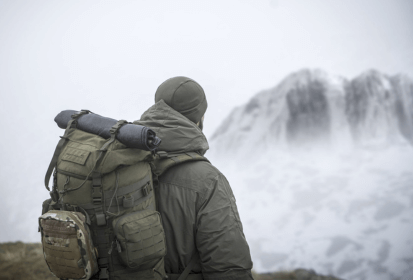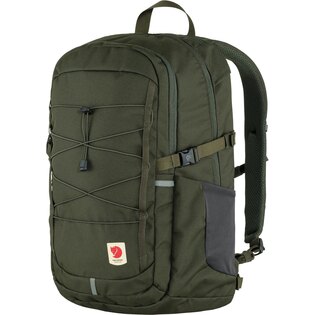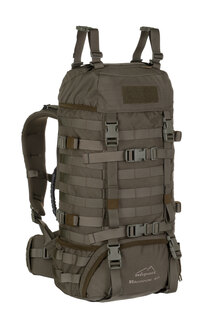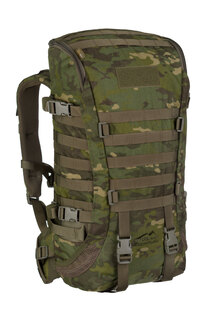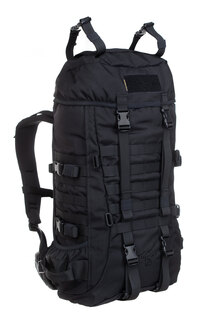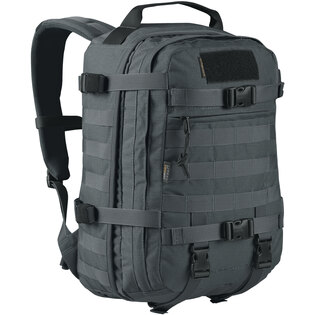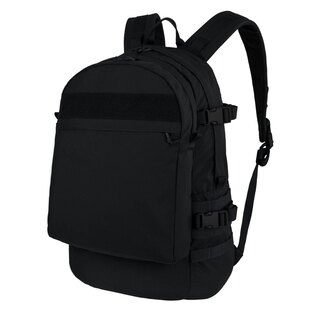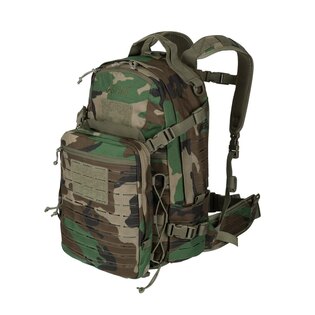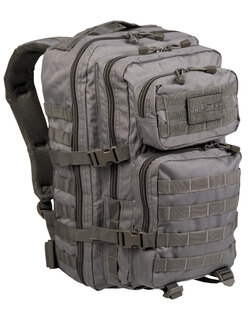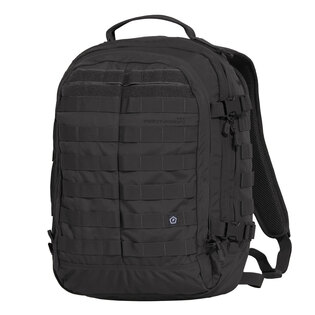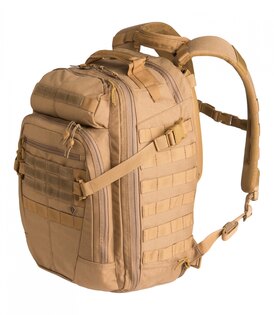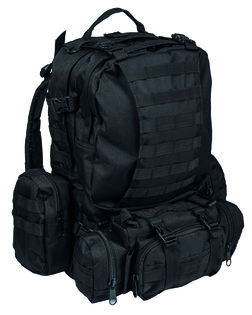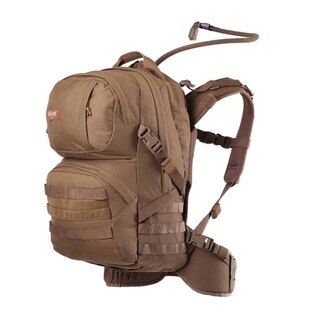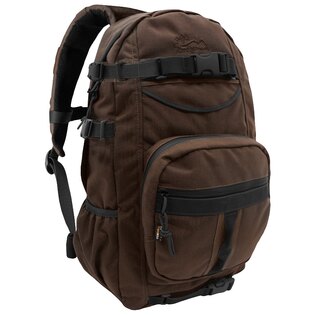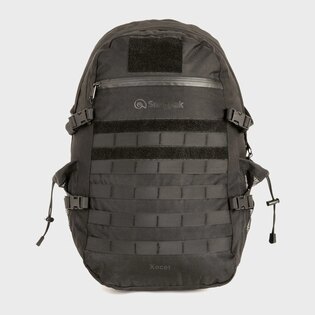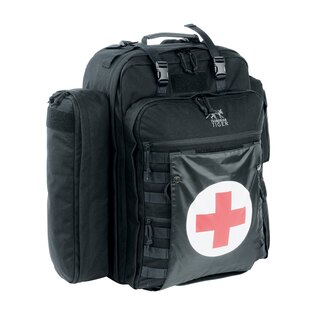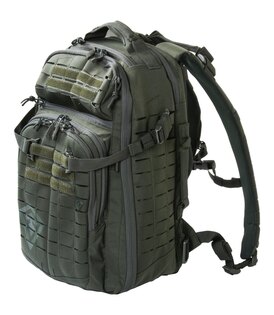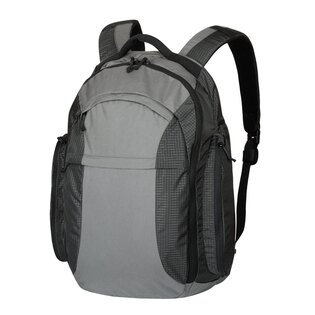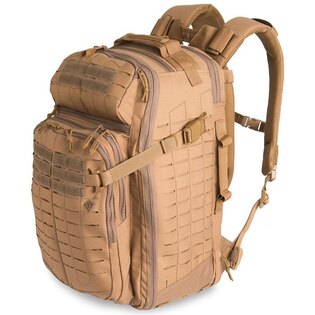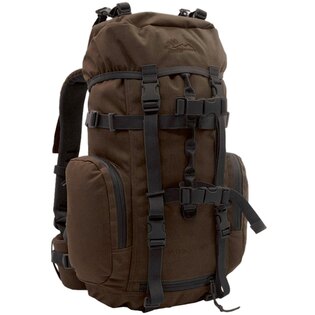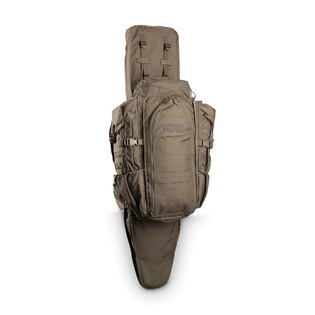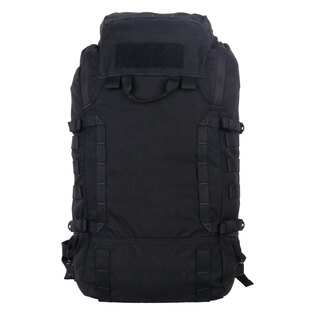72 Hours of Self-Reliance: Build Your Bug-Out Bag and Crisis Checklist
A Bug-Out Bag (BOB) isn’t about preparing for the end of the world. It’s a practical backpack you grab if you need to leave home under uncertain conditions. It doesn’t have to be a major disaster. A gas leak, local hazard, civil defense notice, or even a sudden traffic shutdown away from home can be reason enough.
This guide is part of the "72 Hours of Self-Reliance" series, created to show that preparedness isn’t fear—it’s smart planning and simple steps. No sensationalism, just facts and actionable advice. Following our previous guides on water, food, and home preparedness, we now focus on what to pack if you need to evacuate.
The goal is simple: leave quickly with only what truly matters. Not everything—just the essentials.
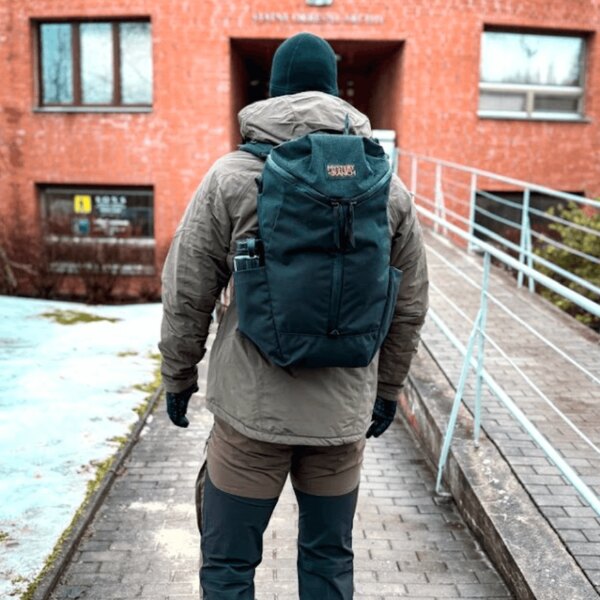
Urban environment, evacuation backpack ready for a quick departure. Tactical gear packed for 72 hours of self-sufficiency.
Choosing the Right Backpack
You don’t need an expensive tactical pack. Look for practical features that allow for fast, comfortable movement—even in tough conditions:
- Comfortable fit with ergonomic straps and padding
- Volume of about 30–50 liters (depending on your build and purpose)
- Discreet appearance (avoid looking overly “prepped”)
- Easy access to key items with organized compartments
- Durable zippers, sturdy material, and water resistance
- Internal organization (pockets, dividers, mesh)
- Stable structure to prevent strain during extended walks
Also check the back panel design, padding, and presence of chest and hip straps—they help distribute weight evenly.
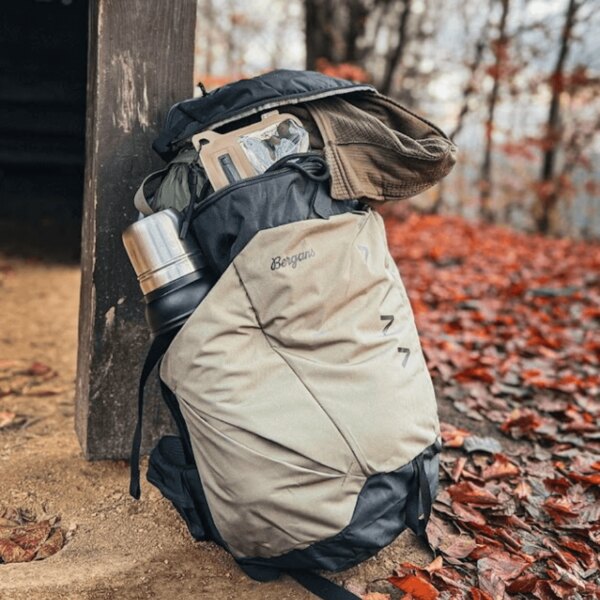
Packed evacuation backpack in nature. Contains a thermos, emergency food, and spare clothing for crisis situations.
What to Pack (and Why)
A Bug-Out Bag is not about taking everything—it’s about taking what truly matters. Aim to be self-sufficient for at least 24–72 hours with food, water, hygiene, and navigation essentials. Here's a practical structure to guide you:
✅ Quick Checklist: What to Pack in an Emergency Bag
🥣 Food and Water- High-calorie non-perishable food
- Lightweight cookware compatible with stove
- Small stove + sufficient fuel
- Water bottle + filter bottle / tablets
- Underwear, socks, functional shirt
- Waterproof clothing / raincoat
- Work gloves, warm gloves, cap, scarf
- Quick-drying towel
- Thermal foil, poncho or emergency shelter
- Hygiene set (wipes, toothbrush, toothpaste, soap) + disinfectant
- Toilet paper (small pack)
- Disposable gloves (several pairs)
- Basic first aid kit
- Personal medications (for several days)
- Headlamp + batteries
- Chemical light
- Lighter, matches, fire starter
- Knife / multitool
- Whistle, paracord
- Duct tape (repair tape)
- Copies of documents (paper + USB)
- Contact list (offline)
- Notebook + tactical pen
- Radio or walkie-talkie (PMR)
- Power bank + charging cables
- Map of the area / evacuation routes
- Cash money
- Glasses or lenses
- Small book, cards (for mental well-being)
Smart Packing and Usage Tips
- Keep critical items on top or in outer pockets—e.g., headlamp, documents, water, rain gear
- Test everything—wear the pack, go for a short walk. Adjust if it pulls or sags
- Avoid overpacking—three knives, a kilo of candy, or eight pairs of socks will weigh you down
- Keep it ready—don’t plan to pack it "when the time comes." Keep it prepped and regularly check it (e.g., food expiration dates, battery charge)
- Pack seasonally—less layering in summer, but include an emergency blanket or heat pack for winter
- Customize for your needs—glasses, baby supplies, medications? Adapt your kit accordingly
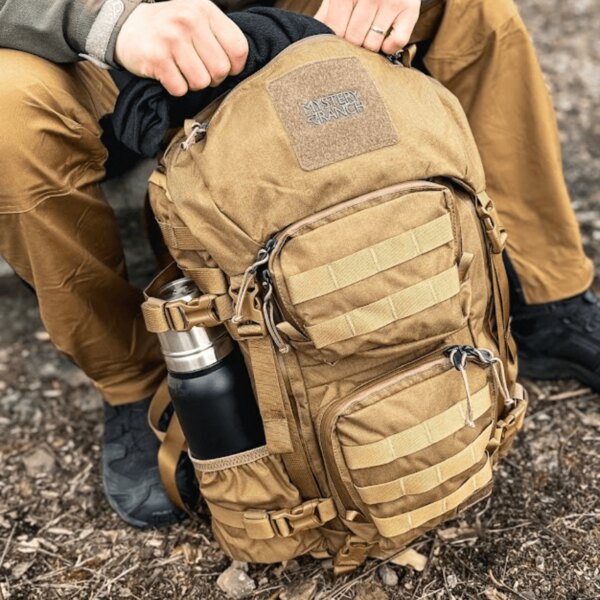
Detail of the evacuation backpack with a thermal bottle. Compact gear for nature and city. Ideal for 72-hour self-sufficiency.
Regular Checkups and Maintenance
Just because your Bug-Out Bag is packed doesn’t mean it’s done. It should be ready, but also regularly reviewed and updated. Every six months, take time for a quick check-up:
- Check expiration dates on food, medicine, batteries
- Replace damaged or missing items
- Adjust for the season
- Make sure electronics are charged or include backup power
- Update your contact list or documents if anything has changed
💡TIP: Include a printed list of your BOB’s contents—it helps quickly verify what's inside and reminds you of last-minute items (like daily medications, your wallet, or phone).
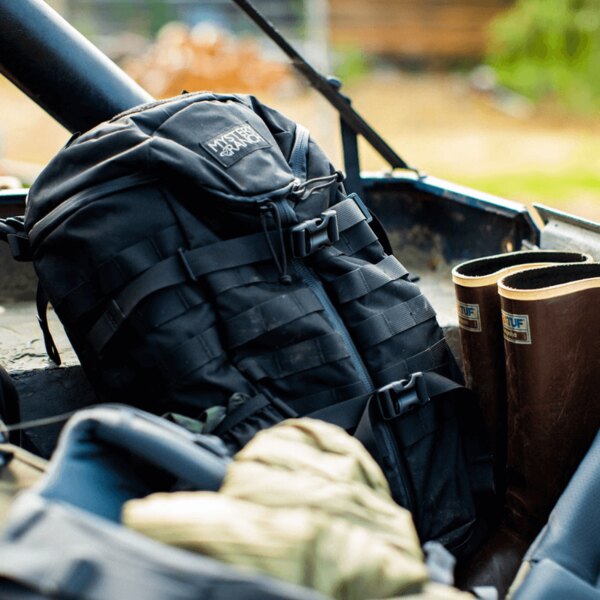
Evacuation backpack ready for transport in a car. Practical gear for emergencies always at hand.
Other Considerations
There’s no such thing as a one-size-fits-all Bug-Out Bag. Each household has different needs, and your kit should reflect that. If you have a small child, pack diapers, extra clothes, a bottle, or a favorite toy. For elderly household members, include medications, glasses, or something to sit on. For pets, pack a separate kit with a bowl, water, treats, and a leash.
You can also tailor your BOB by style. A minimalist version is light and fast—just the absolute essentials. A more expanded kit assumes a longer time without support, providing extra comfort and supplies. But remember: the heavier the BOB, the more it limits your mobility.
And finally—preparedness isn’t just about gear. It starts in your mind. Knowing what to do, where to go, and who’s in charge of what is just as vital as having a knife, water, or ID. A plan means peace of mind.
Final Thoughts: Calm Begins at Home
You can’t choose when a crisis strikes. But you can choose how prepared you are.
A Bug-Out Bag isn’t a sign of paranoia—it’s a practical tool that gives you time and clarity in a stressful moment.
When you know what’s packed, where everything is, and how to use it, you can face even an unexpected event with composure. That’s what true readiness is all about.
📚 Series: 72 Hours of Self-Sufficiency
-
Part 1:
Why We Must Be Prepared
Introduction to 72-hour self-sufficiency. What can happen and why it makes sense to be prepared. -
Part 2:
Food and Water
What foods and how much water to have at home. Practical guide and recommended products. -
Part 3:
Home Equipment and Hygiene
How to survive a power outage: lighting, heating, cooking, and basic medical care. -
Part 4:
Evacuation Backpack and Checklist
What to pack when you have to leave home in a few minutes. Complete list and recommendations.
Readers are further interested
